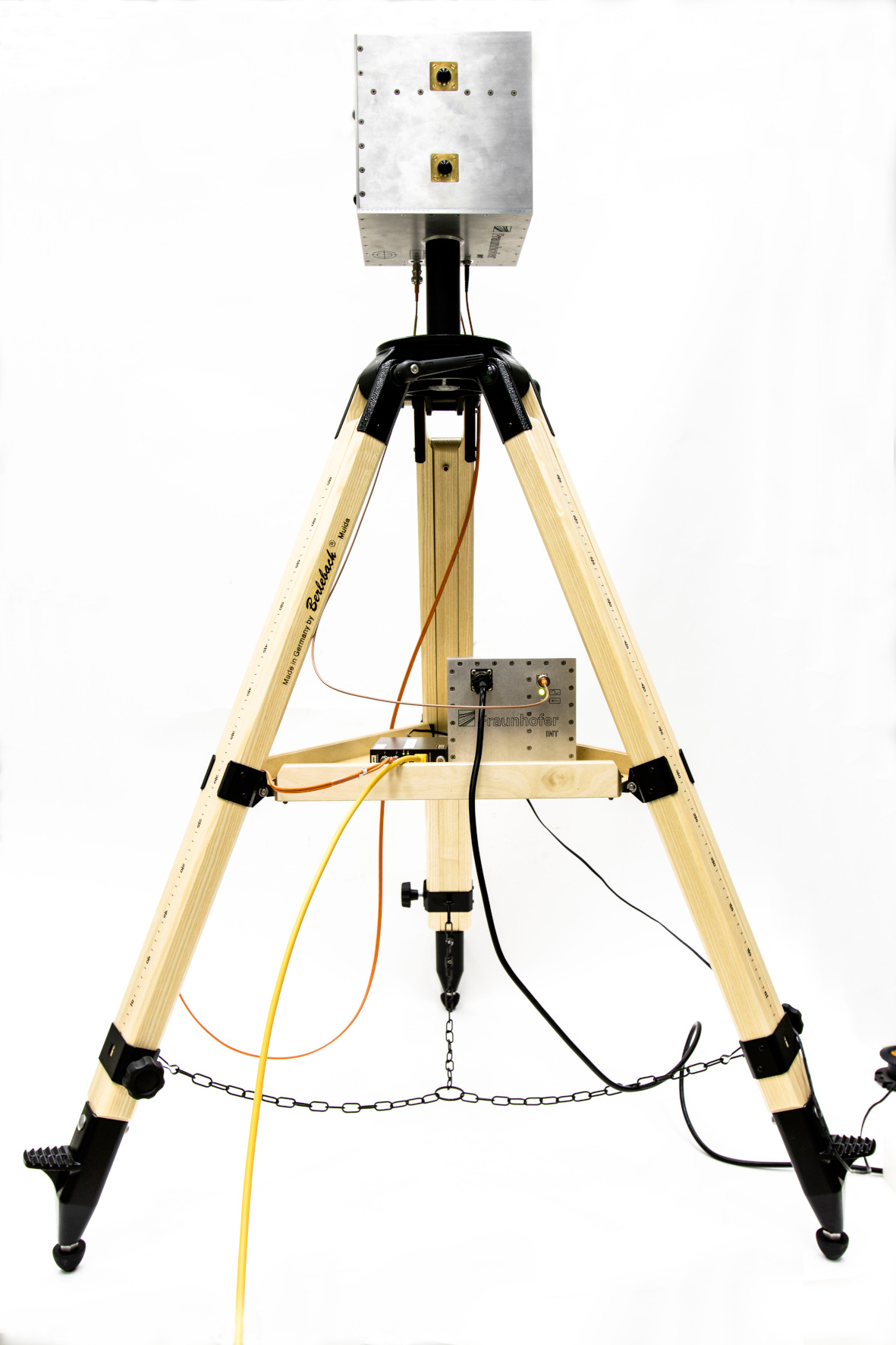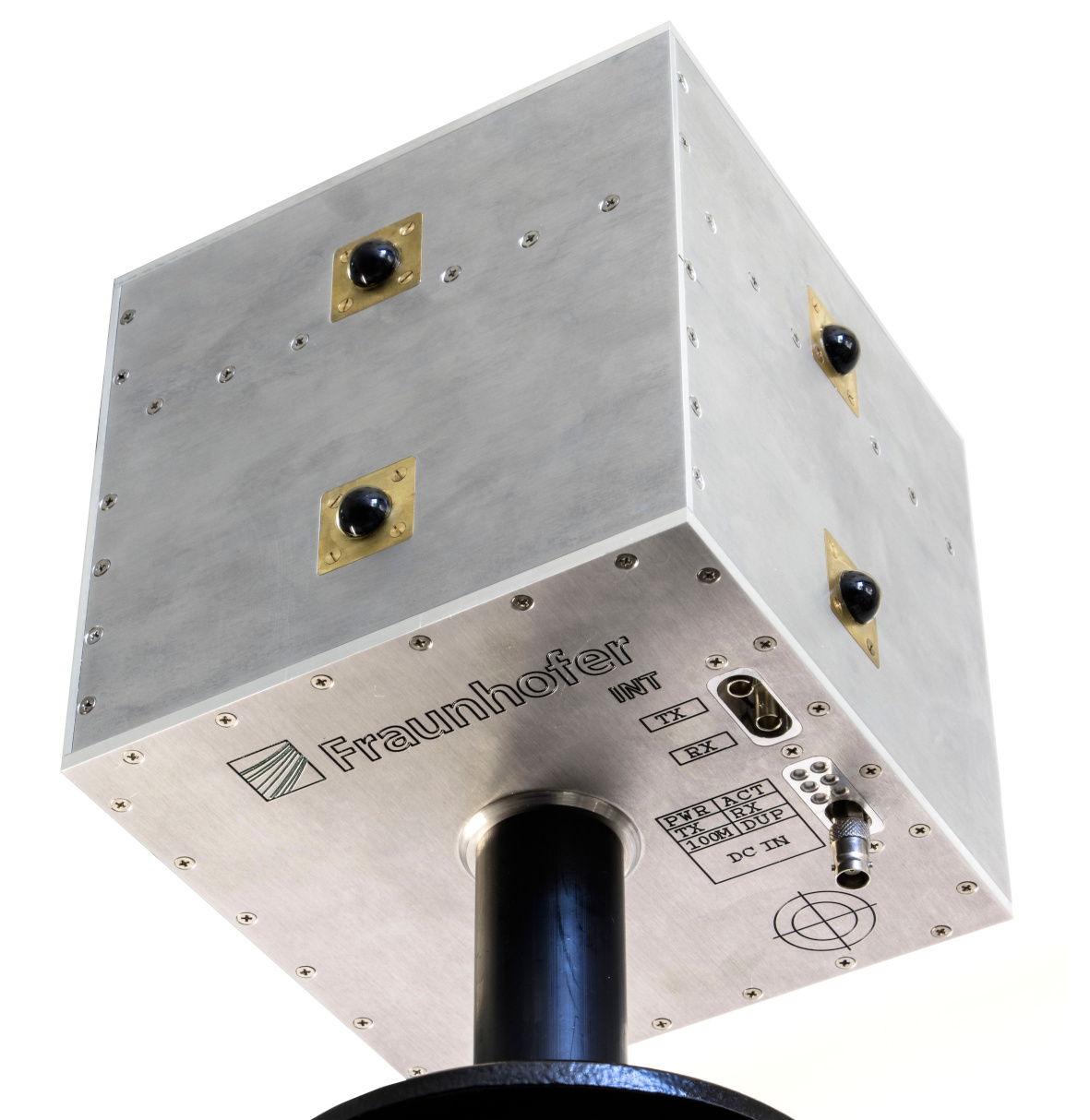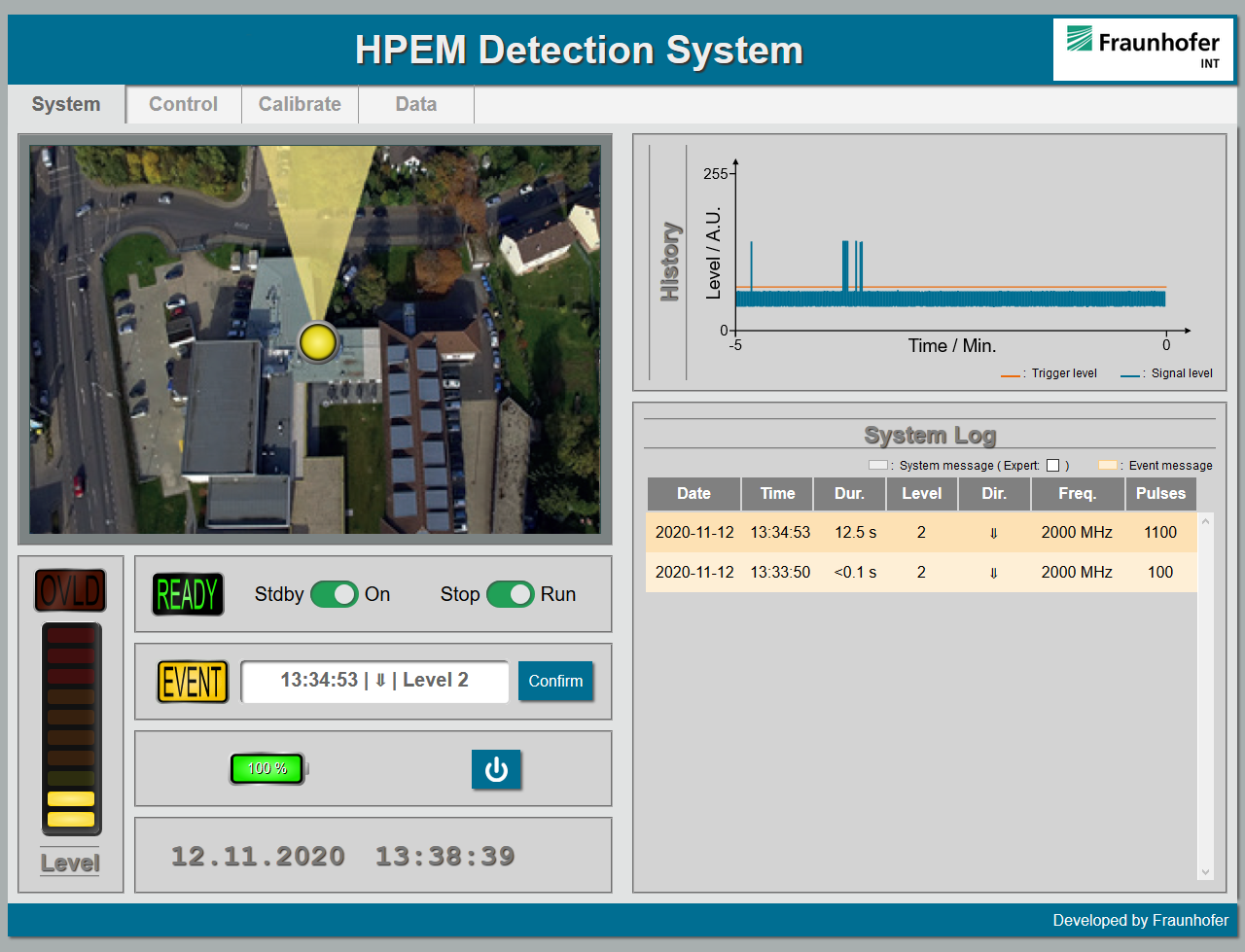Detecting the Threat to Electronics from High Power Electromagnetics (HPEM)
Relevance of Electromagnetic Interference in Safety Analyses
In many areas of society, there are facilities that we cannot do without; they must be available at all times. Examples include critical infrastructures such as communication networks, hospitals and the power grid. Their operation is increasingly safeguarded by complex technical equipment and IT systems.
Given the ongoing security discussion, there is a previously unfamiliar aspect that deserves attention: the deliberate disruption of electronic systems by high power electromagnetic signals, referred to as “intentional electromagnetic interference” (IEMI). Powerful transmission devices can discreetly disrupt equipment, even from a distance of 100 meters and more. The potential consequences within the system context can be severe. Another commonly used term of such electromagnetic disruptions of high power is “high power electromagnetics” (HPEM).
Detection as Part of a Security Concept
As a result, significant efforts have been dedicated to the development of a robust receiving and measuring apparatus capable of registering the otherwise imperceptible exposure to extreme interference signals in the first place. In this context, Fraunhofer INT’s Business Unit “Electromagnetic Effects and Threats” (EME) has undertaken several iterations of work to develop a comprehensive detection system. More specifically, the aim was to implement not just a mere warning functionality, but also to quantify and record any disruption signals in as much detail as possible, enabling forensic analysis afterward. Additionally, determining the direction of the threat is also helpful for immediate countermeasures.
 Fraunhofer Institute for Technological Trend Analysis INT
Fraunhofer Institute for Technological Trend Analysis INT


